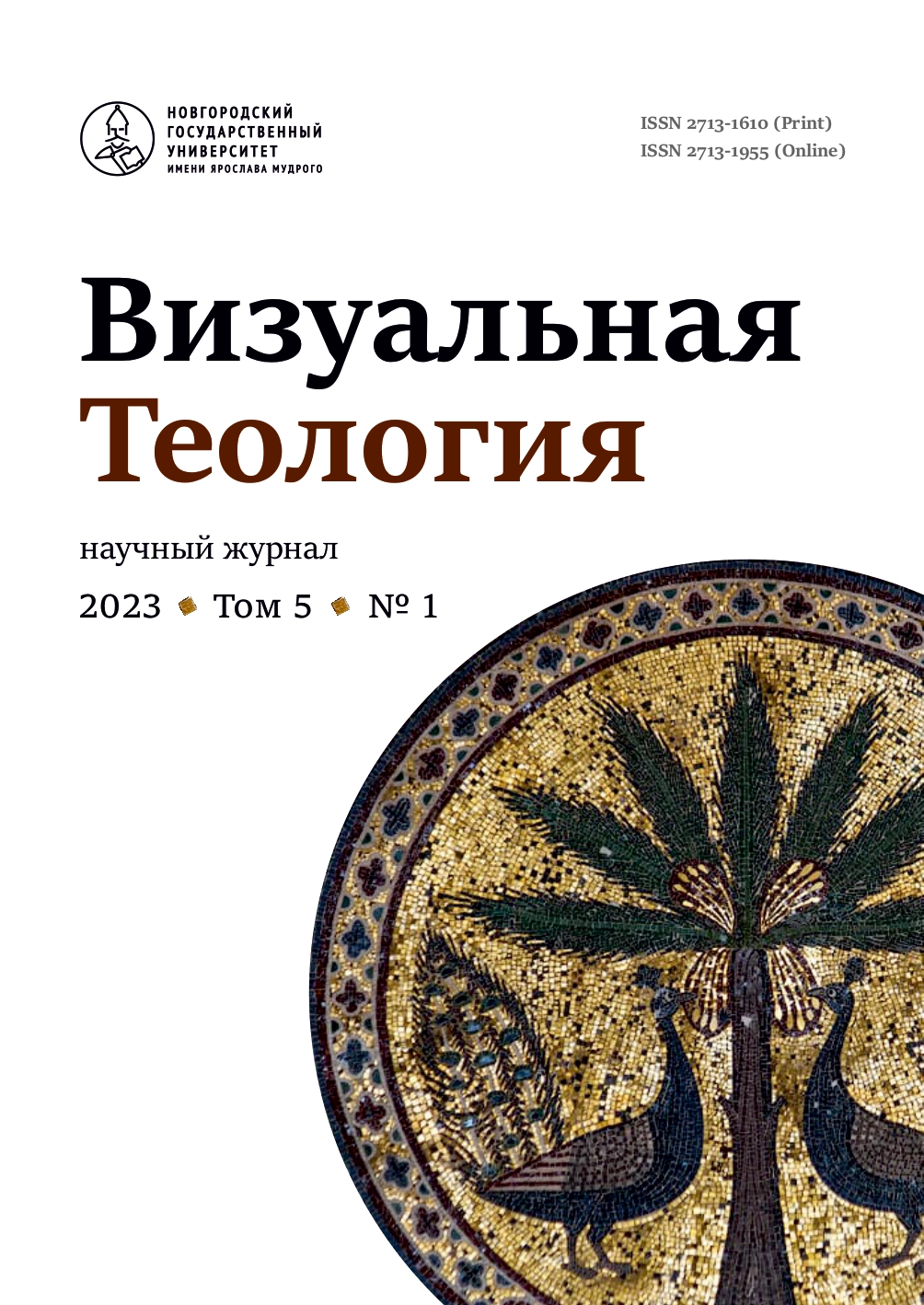Patriarch Nikon’s hierotopy. The New Jerusalem Hermitage as a seventeenth century spatial icon
Abstract
In the context of hierotopy, a discipline that studies the creation of sacred spaces as a specific spiritual and artistic creative activity, two new research problems have been postulated: sacred space creators as a phenomenon, and the Holy Land re-creation as the foundation of medieval Christian spiritual culture. These problems determine the content of this paper where we analyze one of the Patriarch Nikon’s most original and significant hierotopic projects, that we believe to be crucial for understanding Russian culture of the 17th century. We claim that the Nikon’s Hermitage (Otkhodnaia Pustyn’) in New Jerusalem is the most significant spatial icon of this historical period, representing a universal religious and political conceptual idea. This specific Hermitage (Pustyn’) was meant to become a true spiritual center of Holy Rus’, away from Moscow mired down in vain intrigues and other sins. It is known that Nikon was the author of this totally original architectural-spatial and artistic concept. By combining the visual with conceptual as well as the material and concrete with the imaginary, Patriarch Nikon created an iconic image superior to all of the seventeenth-century Russian flat surface icons. In this respect Nikon emerges as an artistic genius who developed and transformed the great traditions of the Byzantine and ancient Russian hierotopy, the unique art of sacred space creation.



